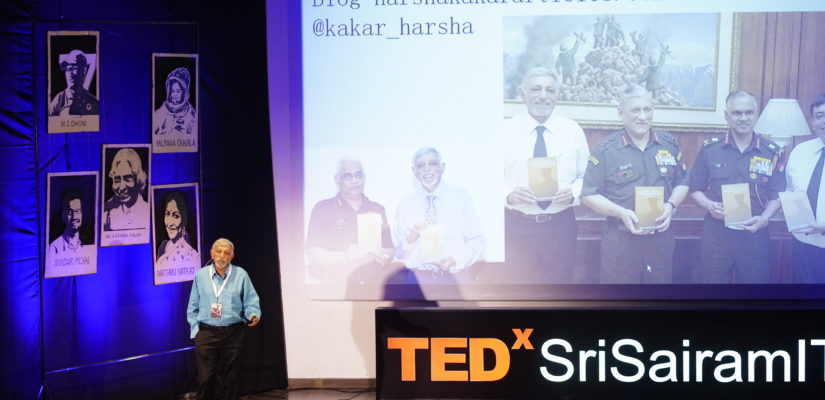
Indigenous versus imported artillery equipment The Excelsior 27 Feb 2020
http://epaper.dailyexcelsior.com/?id=MTAxOTE4
Indigenous versus imported artillery equipment 27 Feb 2020
Inputs indicate that the Indian army is presently at the stage of cost negotiation for procuring 1580 artillery guns called ATHOS (Autonomous Towed Howitzer Ordnance System) 2052 manufactured by the Elbit company of Israel. The procurement is expected to be 400 Guns in fully assembled condition and remaining 1,180 under the ‘make in India’ in partnership with Bharat Forge. This deal is expected to cost Rs 9000-10,000 crores. When compared in capabilities to similar calibre guns already under induction, the Elbit produced ATHOS does not offer any major advantage.
The Indian artillery is presently inducting 100 K9 Vajra self-propelled guns, 145 ultra-light M 777 Howitzers from the US, 114 Dhanush 155mm guns and 300 Sharang, which is the ‘poor man’s’ 155 mm gun, up gunned from the existing 130 mm guns. Trials of the Advanced Towed Artillery Gun System (ATAGS) are presently in an advanced stage and the gun would also be inducted shortly. The K9 Vajra are being assembled by L and T at its factory in Gujrat, the Ultra-light M 777 by Mahindra Defence, whereas the Dhanush, Sharang and ATAGS are domestically developed and produced.
This spurt in artillery procurement has been a pending requirement for the armed forces for a long time. The last gun to be inducted was the Bofors in the early eighties. For decades artillery procurements were halted solely due to the ghost of the Bofors. AK Anthony, as the defence minister, cancelled tenders, trials and even negotiations solely on fear of kickbacks, which could tarnish his image.
It was the present government which seriously began the process of upgrading the artillery in its first tenure. The pace has continued. Artillery has always been a battle winning factor and as Napoleon stated, ‘God fights on the side with the best artillery.’
Long range artillery with accuracy in delivery is a major benefit even in the current ‘no war, no peace’ scenario with Pakistan. It is ideal to target terrorist launchpads and enemy locations well in depth and inflict heavy casualties. They are ideal for punishing the enemy whenever he violates the ceasefire. The larger the calibre, the longer the range and greater the splinter effect of its shell, thus causing greater casualties and damage to infrastructure.
India has begun employing this ideally along the Line of Control. As more 155mm guns are inducted into the artillery and deployed along the Line of Control, the greater would be the destruction of Pak defences and would push them onto the defensive. The induction of the Excalibur artillery shell from the US would add to the destructive component of the artillery.
The deal with Elbit, another variety of 155mm, is being considered when artillery guns, made in India, are numerous, have been tested and many are in the process of being inducted. In fact, the K9 Vajra factory would have produced the 100 SP Guns which were ordered by Sep this year, post which the factory would have to be closed, if no other orders are received. If Indian armed forces need no further induction of Vajra, then these should be open for export.
During the Def Expo in Lucknow this year, the Kalyani group had displayed two additional 155mm Guns, Bharat 52 and Garuda V2, which have yet to be fire tested. These Guns would be trial tested by Saudi Arabia, which has envisaged an interest in them. India displayed no interest as it is already in the process of inducting multiple artillery systems and hence would not desire to seek a larger variety. The government would give Kalyani the nod to export these guns, if found suitable by the Saudi’s.
The current inductions also cater for all types of terrain requirements including mountains, plains, desert and special operations, as also for upgrading the entire Indian artillery from a current mix of 105 mm, 130 mm and 155 mm to a single calibre of 155 mm. Presently orders are limited in numbers as they cater for availability of funds. With passage of time the complete Indian artillery would be upgraded. The SP gun, K9 Vajra also caters for the need of armoured formations.
Hence, the proposed plan to induct artillery guns from Israel goes against the very ethos of artillery procurement. Further, this purchase would not be in tune with the ‘Made in India’ as domestic manufacturers would be ignored, especially when equally capable technology has been developed inhouse. Ideally, such a procurement would have borne logic had the domestic industry been incapable of meeting Indian defence needs.
Any purchase from the global market invariably comes at a higher cost and impacts the currently developing domestic industry which has just begun finding root and started investing in research and development. The present is also the time when there is a financial crunch within the armed forces for modernization. Hence, the entire process sounds illogical. It is always economical to procure additional equipment already in service as it would lead to reduced inventories and better maintenance. Adding one more nature of equipment, that too imported, would be disadvantageous.
The army chief has also repeatedly stated his preference for Indian products. From whichever quarters directions to commence procuring the Elbit guns have been issued, they are wrong and against the current ethos. They would send a wrong message domestically, as also impact availability of funds.
The entire process needs review and ongoing discussions should be scrapped. Indigenous products should be encouraged, foreign vendors avoided since technology and capability exists within the country. The government must boost and induct internally developed weapons rather than establish collaboration with foreign vendors. It is hoped that the powers in Delhi understand the damage they would cause to the slowly developing domestic armament industry and stop these negotiations.